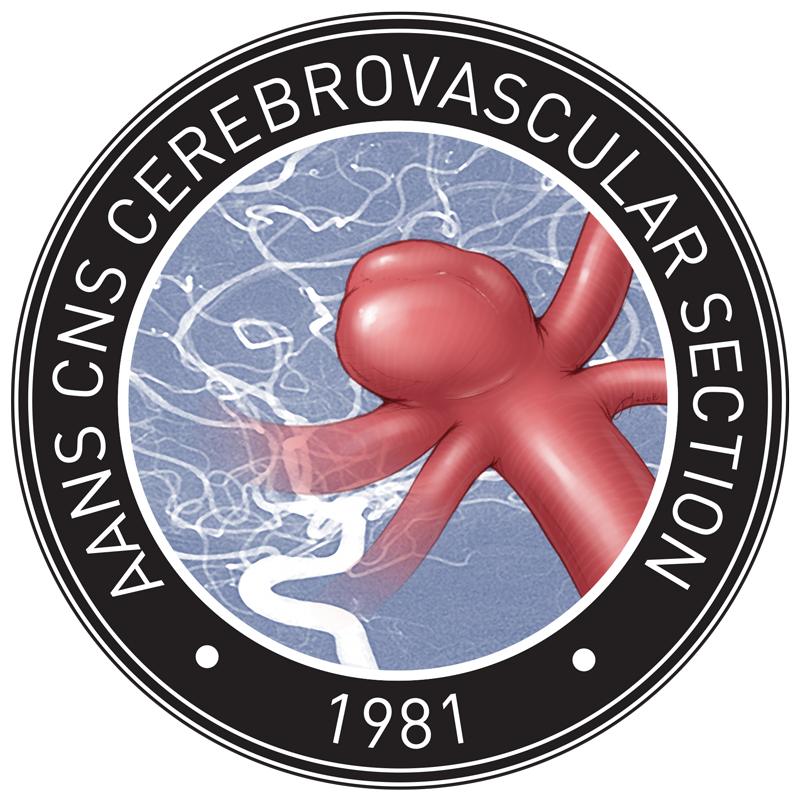Cavernous Malformations (Cavernoma)
What are cavernous malformations?
A cavernous malformation is an abnormal cluster of small blood vessels that resembles a raspberry or honeycomb. A person can have one or more cavernous malformations in their brain. Cavernous malformations occur in 0.5 percent to 1 percent of the population and appear most often among people of Hispanic descent. Some cavernous malformations run in families, but most are sporadic (do not run in families).
Symptoms
Many people who have a cavernous malformation experience no symptoms at all and are diagnosed simply by chance. Others seek medical attention when symptoms appear. Cavernous malformations can cause two main types of symptoms:
Seizure
As with AVMs, cavernous malformations can cause seizures — but not necessarily the kind in which the body shakes rapidly and uncontrollably. Some seizures are mild, lasting from a few seconds to a few minutes and causing no lasting harm.
Brain hemorrhage
Cavernous malformations can rupture and cause brain bleeding — also referred to as a bleeding, or hemorrhagic stroke. Symptoms that suggest brain hemorrhage are sudden onset of severe headache, nausea, vomiting, weakness or numbness on one side of the body, difficulties in speaking or understanding speech, loss of vision, double vision and balance difficulties. If you experience any of these symptoms, seek medical help immediately. Brain hemorrhage from a cavernous malformation is a serious form of stroke, but one that is typically nonfatal. Many patients make full recoveries following hemorrhage from a cavernous malformation.
Treating cavernous malformations
Treatment decisions will be made between the patient and a team of physicians on a case-by-case basis and will depend on the location of the cavernous malformation, the severity and nature of symptoms, the patient’s age and health status, and the risk involved in treatment. Treatment options for cavernous malformations are as follows:
Observation
Often an appropriate choice for patients who are symptom-free, observation may also be appropriate for certain patients with symptomatic cavernous malformations who are older, have multiple medical problems or have a complex or difficult-to-reach cavernous malformation where treatment carries a high risk.
Surgery
Performed as an inpatient procedure, the cavernous malformation is removed from the brain through open surgery. If successful, it provides immediate protection against brain bleeding and may also reduce or eliminate the risk of seizure. Surgery is a good option for many cavernous malformation patients; however, some have a complex or difficult-to-reach cavernous malformation that limits this treatment option.
Gamma Knife® Radiosurgery
During this less-invasive one-day outpatient procedure, numerous beams of radiation are precisely focused on the cavernous malformation. It may reduce the risk of brain bleeding over time.
